Explainer: How will Shahid Bagheri drone carrier revolutionize Iran’s naval might?
By Ivan Kesic
Iran has formally entered a new era of naval capabilities with the introduction of the Shahid Bagheri drone carrier, the world’s first purpose-built drone carrier.
This pioneering vessel produced by the Islamic Revolution Guards Corps (IRGC) is set to revolutionize the country’s maritime capabilities by providing unprecedented operational flexibility and firepower.
During a ceremony in the coastal city of Bandar Abbas on Thursday, the IRGC Navy celebrated the induction of the Shahid Bagheri drone carrier into its fleet.
The event was attended by Iran’s top military officials, including Chief of Staff Major General Mohammad Hossein Bagheri, IRGC’s top commander Major General Hossein Salami, and IRGC Navy commander Admiral Alireza Tangsiri among others.
Named after Bahman Bagheri, a revered IRGC commander martyred during the Imposed War of the 1980s, the Shahid Bagheri drone carrier embodies both innovation and national pride.
What makes Shahid Bagheri drone carrier unique?
Unlike traditional warships that integrate drone operations as a secondary capability, Shahid Bagheri drone carrier is a true drone carrier, designed specifically to launch and recover wheeled UAVs.
This sets it apart from aircraft carriers, helicopter carriers, and amphibious assault ships, where drone operations remain supplementary.
Beyond its primary role in the deployment of drones, the Shahid Bagheri carrier serves as a versatile military platform, capable of carrying:
- Fast attack boats for rapid maritime engagements
- Various types of missiles to bolster offensive and defensive firepower
- Naval attack helicopters to enhance air-sea combat effectiveness
- Advanced defense systems to counter aerial and naval threats
How did it transform from cargo ship to cutting-edge warship?
The stunning transformation of the Shahid Bagheri drone carrier is a testament to Iran’s growing naval engineering prowess. Originally a 3,280 TEU container ship, built by Hyundai Heavy Industries in 2000, the vessel once sailed under Iran’s commercial fleet.
Between 2022 and 2024, it underwent an extensive conversion at the Iran Shipbuilding and Offshore Industries Complex Co (ISOICO) near the Strait of Hormuz, emerging as a formidable naval asset.
It marks Iran’s fourth major cargo-to-military conversion, following the Shahid Roudaki (2020), Makran forward base ship (2021), and Shahid Mahdavi (2023).
While previous conversions also integrated drone capabilities, they relied on launch ramps, rocket boosters, and landing nets, whereas Shahid Bagheri introduced a dedicated flight deck, a first for Iran’s rapidly growing naval fleet.
What makes the drone carrier a giant in Iran’s naval arsenal?
With an imposing displacement of 42,000 tons, the Shahid Bagheri drone carrier now stands as the largest warship in IRGC Navy service, second only to the Makran, operated by the Iranian Navy.
Its size, capabilities, and strategic positioning underscore Iran’s commitment to expanding its maritime influence and enhancing its naval warfare capabilities.
The Shahid Bagheri represents a bold leap forward in modern warfare, signaling Iran’s intent to integrate drone warfare into its naval doctrine at an unprecedented scale.
As tensions continue to shape the geopolitical landscape of the Persian Gulf, this pioneering vessel could redefine regional military dynamics, according to experts
What makes its design unique and revolutionary?
At 240 meters in length, the Shahid Bagheri drone carrier stands as Iran’s longest military ship, boasting a striking and unconventional design. Its original 32-meter beam has been expanded to 46 meters overall by incorporating an angled flight deck on the left side, with a runway slanted to the right.
This innovative layout sets the Shahid Bagheri apart from other light carriers of similar size, where runways traditionally align parallel to the hull.
Unlike modern super-carriers, which feature a left-directed angled landing strip with separate launch zones, the Shahid Bagheri drone carrier utilizes a rightward-angled flight deck—a design choice that enhances operational efficiency.
The decision to include an angled flight deck was driven by the need to prevent collisions between landing UAVs and the island superstructure.
Takeoffs also occur at an angle, assisted by a ski-jump ramp mounted on the bow, giving aircraft an immediate lift upon launch.
What is the Shahid Bagheri carrier built for?
Unlike conventional aircraft carriers that relocate their superstructure to the right side, Iran retained the ship’s original central superstructure. Moving it would have required extensive modifications, potentially destabilizing the vessel.
This innovative design ensures that Iran’s heaviest combat drones can take off smoothly, leveraging the ski-jump ramp to gain a positive rate of climb.
Beyond its 180-meter runway, the flight deck is evenly split between takeoff and landing operations and an aircraft parking and maintenance area.
The Shahid Bagheri drone carrier employs an elevator system to transport aircraft from eight fixed two-story hangars below deck, while four mobile hangars provide flexibility to accommodate aircraft or vessels based on mission needs.
Although the carrier lacks a good dock, it features a dual-crane system on both sides, enabling the launch and retrieval of fast attack boats. These openings are protected by armored doors. Meanwhile, the aft section serves as a helipad and a launch platform for tube-launched anti-ship and cruise missiles.
What makes its capabilities and firepower unmatched?
The Shahid Bagheri drone carrier is a formidable naval asset, capable of executing a diverse range of missions with its extensive offensive and defensive arsenal.
Powered by a MAN B&W 8K90MC diesel engine, the carrier has an impressive range of 22,000 nautical miles (40,744 km) and can sustain a year-long mission without refueling.
At the heart of its firepower is an advanced UAV fleet, showcased during its unveiling:
- Ababil-3 & Mohajer-6: Surveillance and reconnaissance drones
- Qaher-313: A combat UAV equipped with precision-guided weaponry
With advanced sensors and missile payloads, these drones extend the carrier’s combat and reconnaissance reach by 2,500 km—a game-changer in regional naval strategy.
The carrier also operates a diverse fleet of helicopters, including Mil Mi-17, Bell-412 and Shahed 278.
These choppers, with their several-hundred-kilometer range, fulfill anti-submarine, maritime patrol, and airborne assault missions.
Which missiles and defensive systems is it armed with?
The Shahid Bagheri is well-armed with an array of short- and medium-range air defense systems, cruise missiles, and guided naval strike capabilities:
- Eight Kowsar 222 missile systems: Positioned on the bow and stern, offering 17 km range against aerial threats
- Eight anti-ship cruise missiles: Deployed in four double-tubed launchers behind the superstructure, likely the Qader and Qadir
- 30 high-speed fast attack boats: Ashura- and Tareq-class boats, capable of launching missiles up to 180 km, reaching speeds of 90 knots (167 km/h)
As a last line of defense, the carrier features:
- A 30 mm cannon at the bow, equipped with an electro-optical targeting system
- Two triple-barreled 23 mm Asefeh Gatling guns mounted at the stern
Beyond its combat capabilities, the Shahid Bagheri integrates electronic warfare systems, diving and submarine combat teams, and special commando units. It is also equipped with a six-bed hospital, medical facilities, and welfare amenities, ensuring sustained operations on long-term missions.
With its unparalleled drone warfare capability, missile firepower, and strategic naval presence, the Shahid Bagheri is more than just Iran’s largest IRGC warship—it is a statement of evolving naval power in the Persian Gulf and beyond.
Why are ships converted into military vessels?
The conversion of civilian ships into military vessels is a long-standing global practice, and Iran is among the many nations embracing this approach.
The Shahid Bagheri drone carrier is just the latest in a series of highly strategic naval transformations, following the conversion of the oil tanker Makran into a forward base ship, and the container and Ro-Ro ships into the multi-purpose warships Shahid Mahdavi and Shahid Roudaki.
This method has been utilized by major naval powers for decades. During both World Wars, merchant ships were rapidly converted into escort carriers—smaller, slower, and significantly cheaper than conventional aircraft carriers.
More recently, during the Falklands War, the British Royal Navy repurposed a merchant ship to carry helicopters and Harrier jets, proving the effectiveness of such adaptations.
Even the United States has recognized the value of this strategy. DARPA, the Pentagon’s advanced research agency, has initiated a program to create drone-carrying ships, eliminating the need for large, expensive aircraft carriers. Additionally, many naval strategists have proposed modifying commercial vessels to meet the U.S. Navy’s 355-ship fleet expansion plan.
How it is a cost-effective power projection?
One of the biggest advantages of converting container ships is cost efficiency. While a modern destroyer or amphibious assault ship of similar tonnage costs over a billion dollars, a used container ship can be acquired for just a fraction of that cost—even with conversion expenses factored in.
For Iran, which boasts a merchant navy of 942 vessels and a domestic shipbuilding industry, conversion is the fastest, most cost-effective, and efficient solution to expanding naval capabilities.
The primary trade-offs? Converted ships are 30 percent slower than traditional warships and consume more fuel. However, for Iran—with abundant, inexpensive fuel supplies—this drawback is negligible.
Contrary to common misconceptions, cargo ships are not structurally weaker than modern warships.
Unlike heavily armored warships from the early 20th century, contemporary naval vessels prioritize anti-missile defenses over thick plating.
Cargo ships, built with double hulls and reinforced structures, have demonstrated remarkable resilience against missile attacks. This was proven during the Tanker War in the Persian Gulf when over 450 oil tankers and cargo ships were targeted with various weapons.
Despite this, only one large vessel was sunk, primarily due to a fire ignited by its flammable cargo.
Aerial imagery of the Shahid Bagheri drone carrier during its conversion suggests it was built with a double hull, though the extent of additional reinforcements remains unknown.
What is certain, however, is that this vessel is far from a soft target.
By leveraging container ship conversions, Iran is not just expanding its naval force—it is redefining its maritime strategy. The Shahid Bagheri carrier represents a new era of naval warfare, proving that firepower, technology, and adaptability can outmatch sheer size and speed.
Satellite images indicate Israel entrenching a permanent military presence in Gaza
US-led meeting talks implementation of ‘phase two’ of Gaza ceasefire, ignoring Israeli violations
Iran’s subsidized currency allocations at over $42 in Mar-Dec: CBI
VIDEO | Locals march in eastern France after gas explosion kills two children
Iran wins double gold at world age-group Blitz Chess in Antalya
Two former Palestinian prisoners recount sexual abuse in Israeli detention
Iran cuts steel imports amid surge in domestic output
VIDEO | Trump’s comments on Golan Heights spark outrage among Syrians


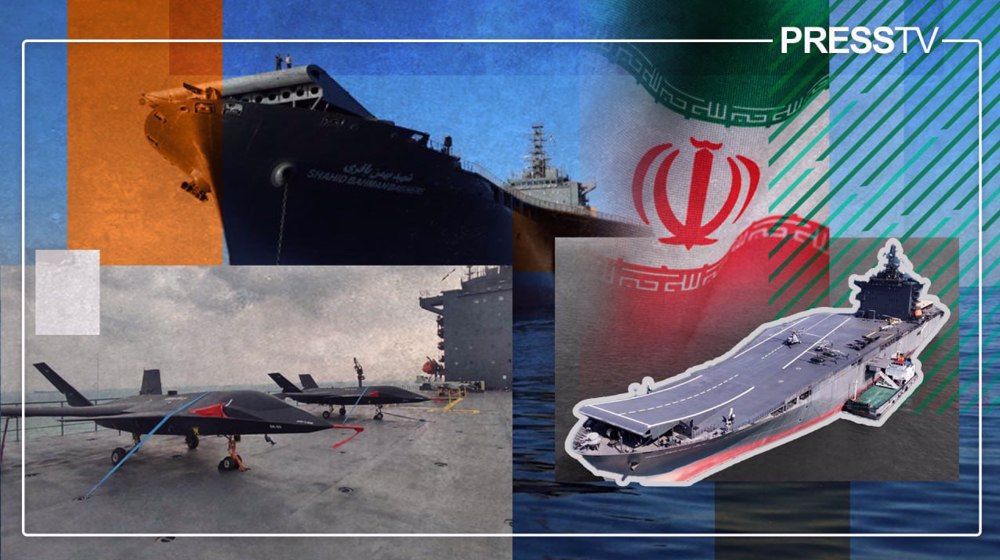

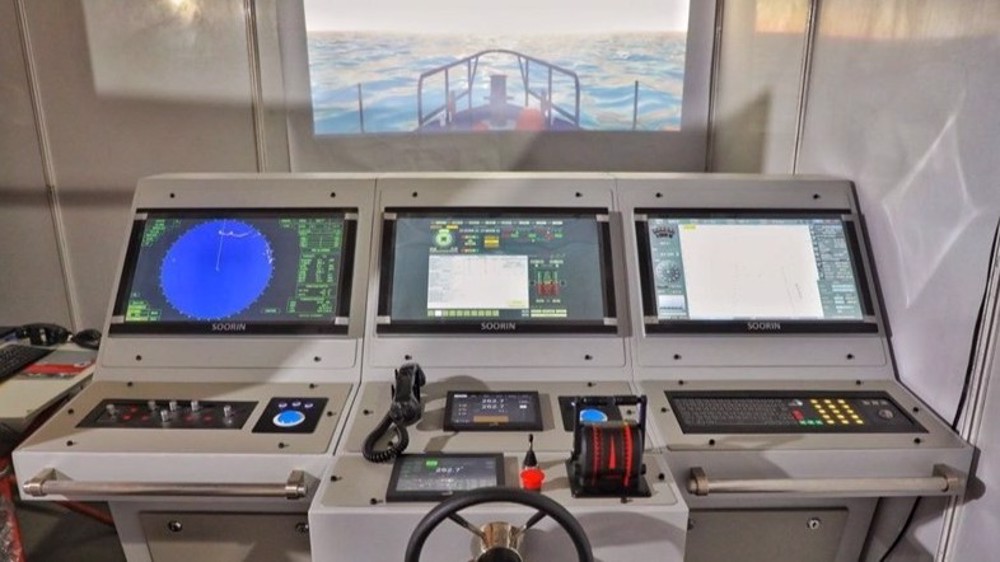
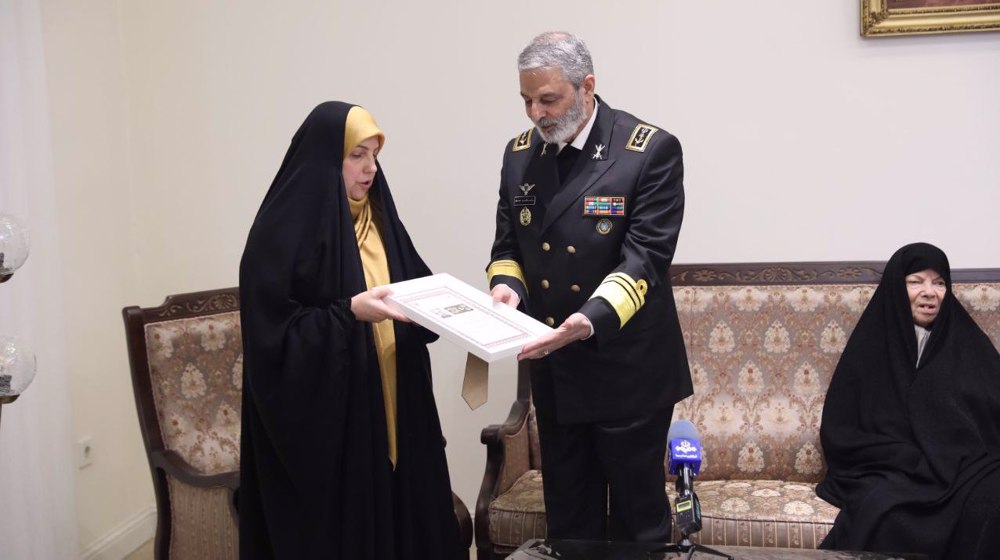



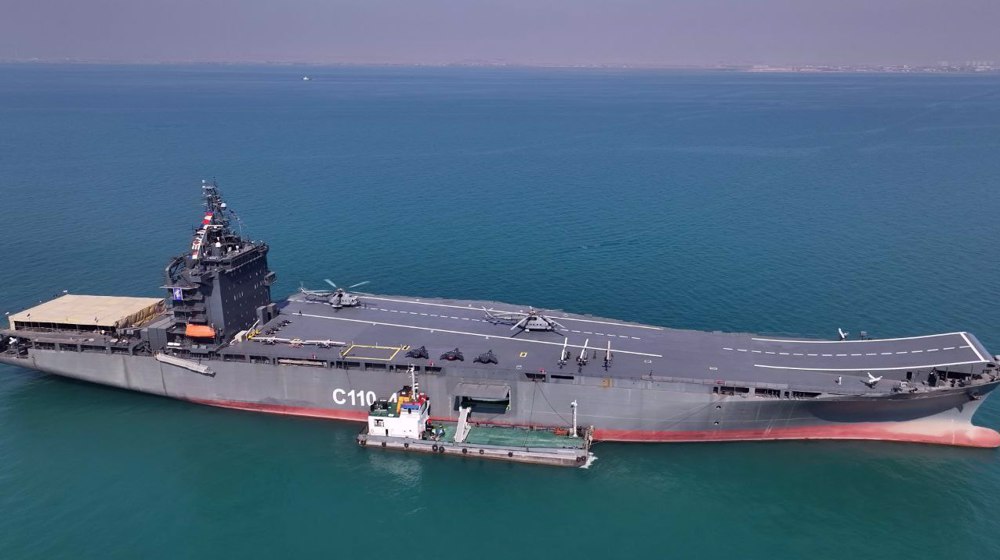

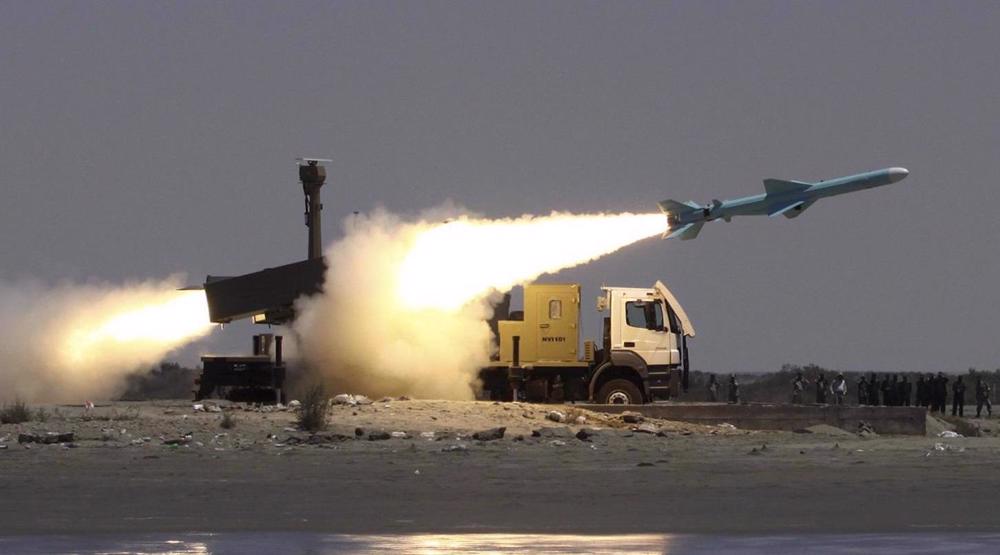
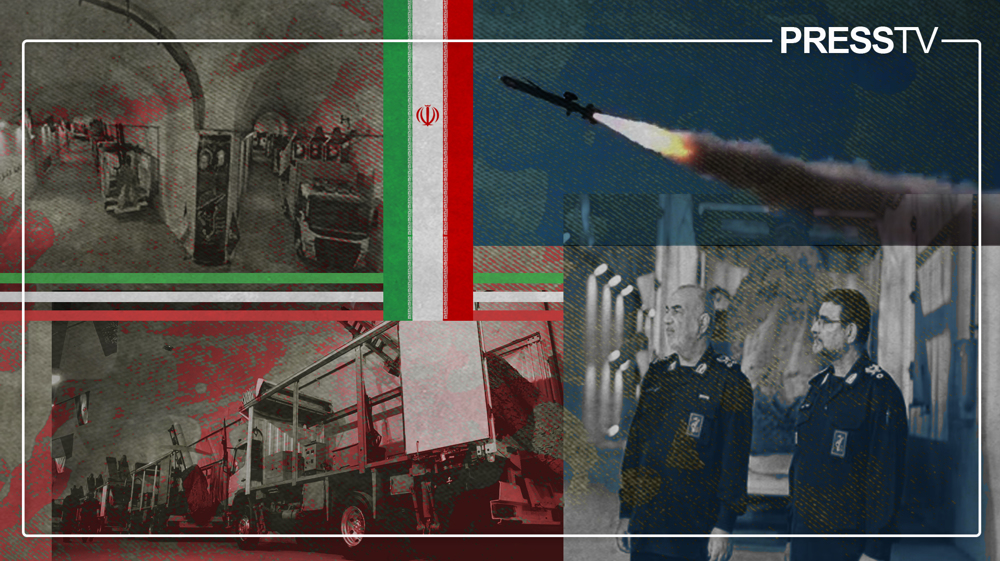
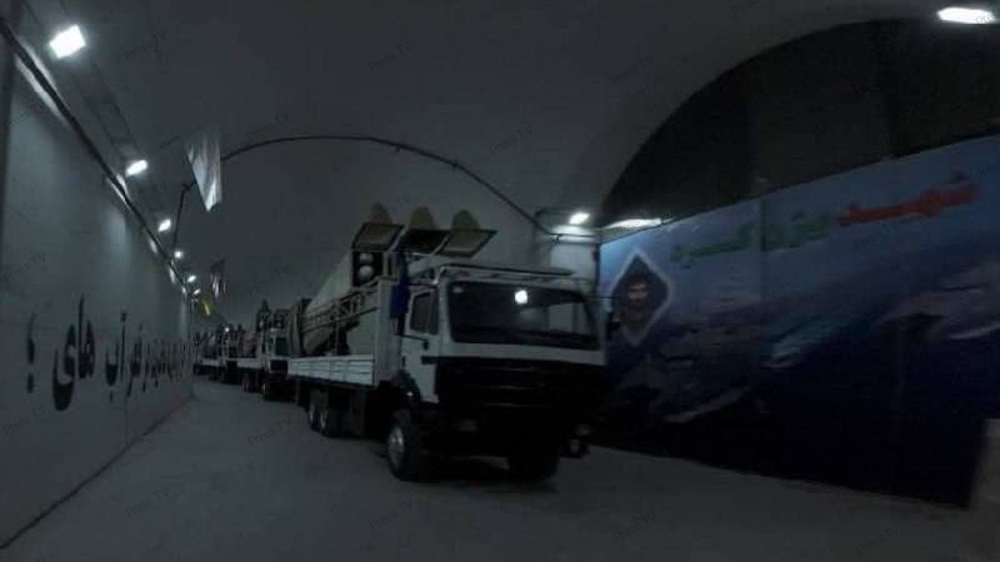

 This makes it easy to access the Press TV website
This makes it easy to access the Press TV website